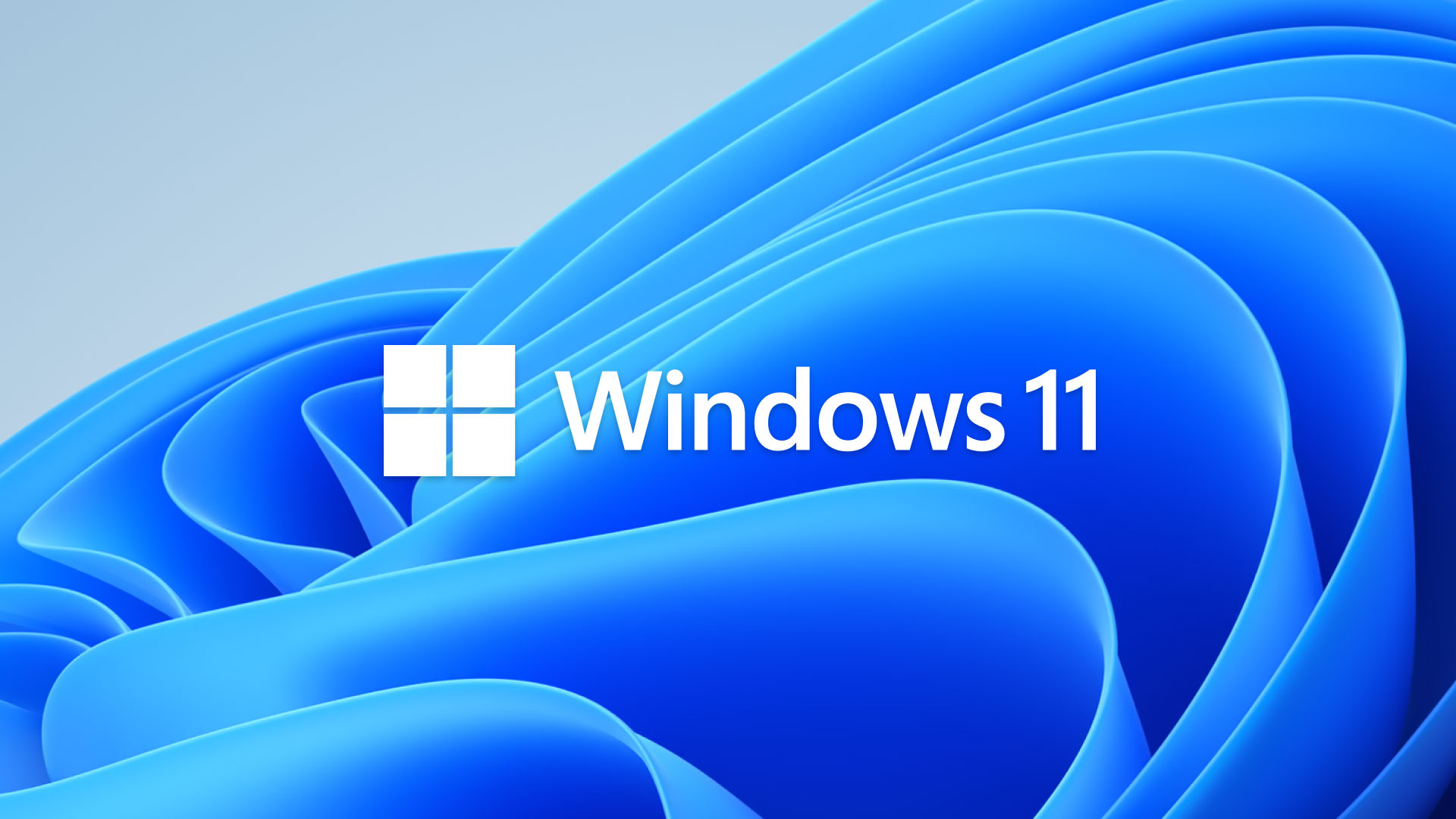One of the best new Windows 11 features has an additional hidden benefit
Tabs are coming to File Explorer in Windows 11

The imminent arrival of a browser-style tabbing system for the Windows 11 File Explorer may also deliver an additional fringe benefit, new reports suggest.
When Microsoft first unveiled the new feature, the company emphasized the advantages from a productivity perspective, but it appears that tabs for File Explorer confer a welcome performance advantage too.
As reported by Windows Latest, users with early access to the facility are finding that opening a new File Explorer tab uses up minimal additional memory resources (in the region of 1MB). Launching into a brand new File Explorer window, meanwhile, requires roughly ten times that amount.
In the context of most modern computers, and in particular professional workstations, these memory savings are minimal. But then again, every little helps, and the performance benefit will scale with the amount of file management the user performs.
Windows 11 File Explorer tabs
The new-look File Explorer was first announced back in April, during an event focused on hybrid working innovations for Windows 11. Under the new system, instead of opening an additional File Explorer instance to browse a new file location, users can simply bring up a new tab that sits neatly within the same window.
The objective is simple: to reduce desktop clutter and make it easier to work across multiple file locations at once by cutting down on the number of windows open simultaneously.
The announcement was well-received by Windows fans, who have been calling for the feature for years; pretty much ever since it was introduced to macOS in 2013. Until now, users have had to rely on third-party solutions to enjoy the functionality in Windows 11, but no longer.
Sign up to the TechRadar Pro newsletter to get all the top news, opinion, features and guidance your business needs to succeed!
The rollout of the new tabbing system began earlier this month with the arrival of Windows 11 preview build 25136, available to members of the early-access program. It’s still unclear when the new version of File Explorer will make its way into a full public build, but users can at least take comfort in the fact that testing has now begun in earnest.
In the meantime, users will also be pleased to hear that the new system may also deliver a performance boost, one that scales with the number of File Explorer tabs someone traditionally has open at once.
And neither is this the only way in which Microsoft is seeking to optimize RAM usage in Windows 11. Recently, the company announced that its new sleeping tabs feature for Microsoft Edge has saved users a combined 273 PB of RAM over the last month or so (at circa 39.1MB per tab).
In conjunction, then, the two new features could lead to material RAM savings for users, yielding superior multitasking performance and extended battery life. What’s not to like?
Via Windows Latest

Joel Khalili is the News and Features Editor at TechRadar Pro, covering cybersecurity, data privacy, cloud, AI, blockchain, internet infrastructure, 5G, data storage and computing. He's responsible for curating our news content, as well as commissioning and producing features on the technologies that are transforming the way the world does business.